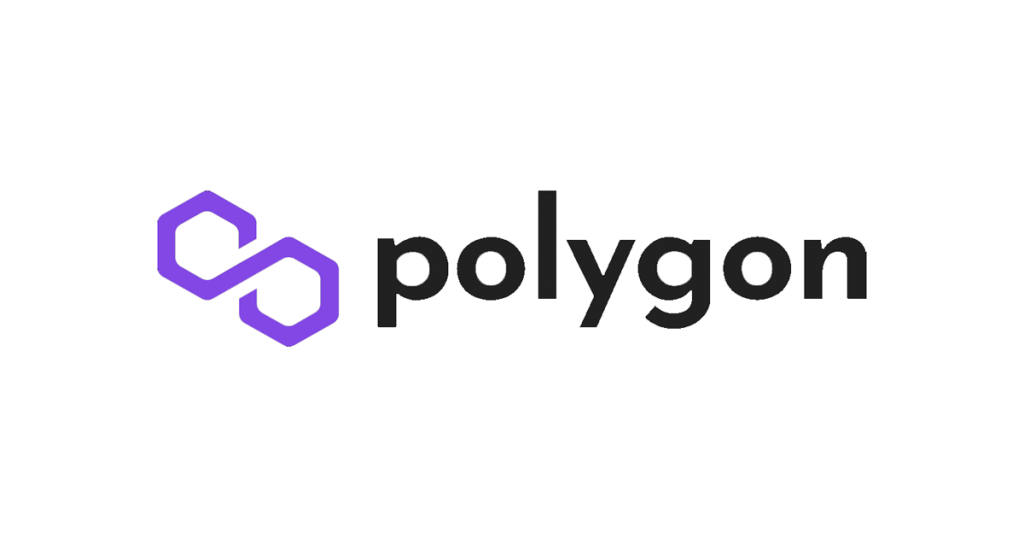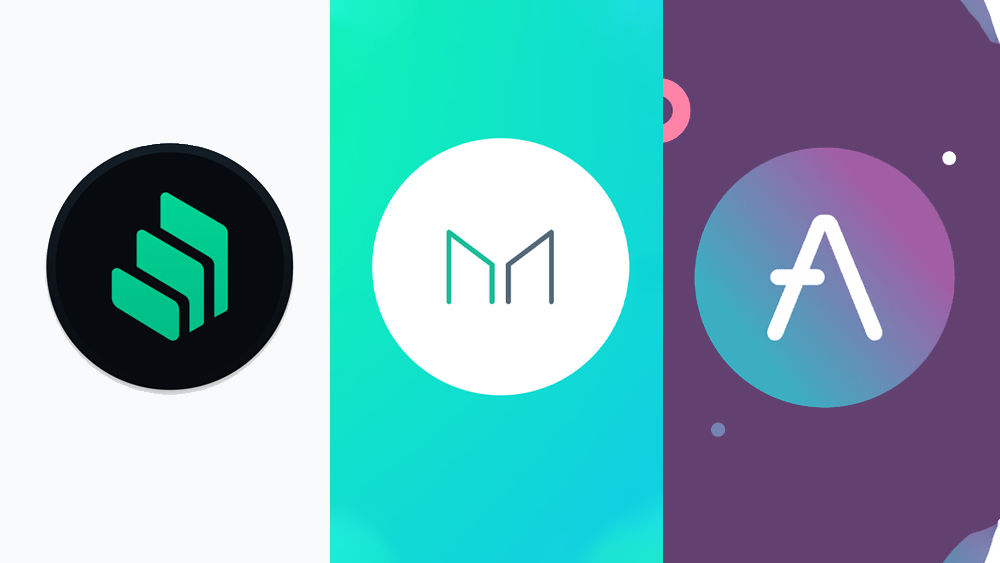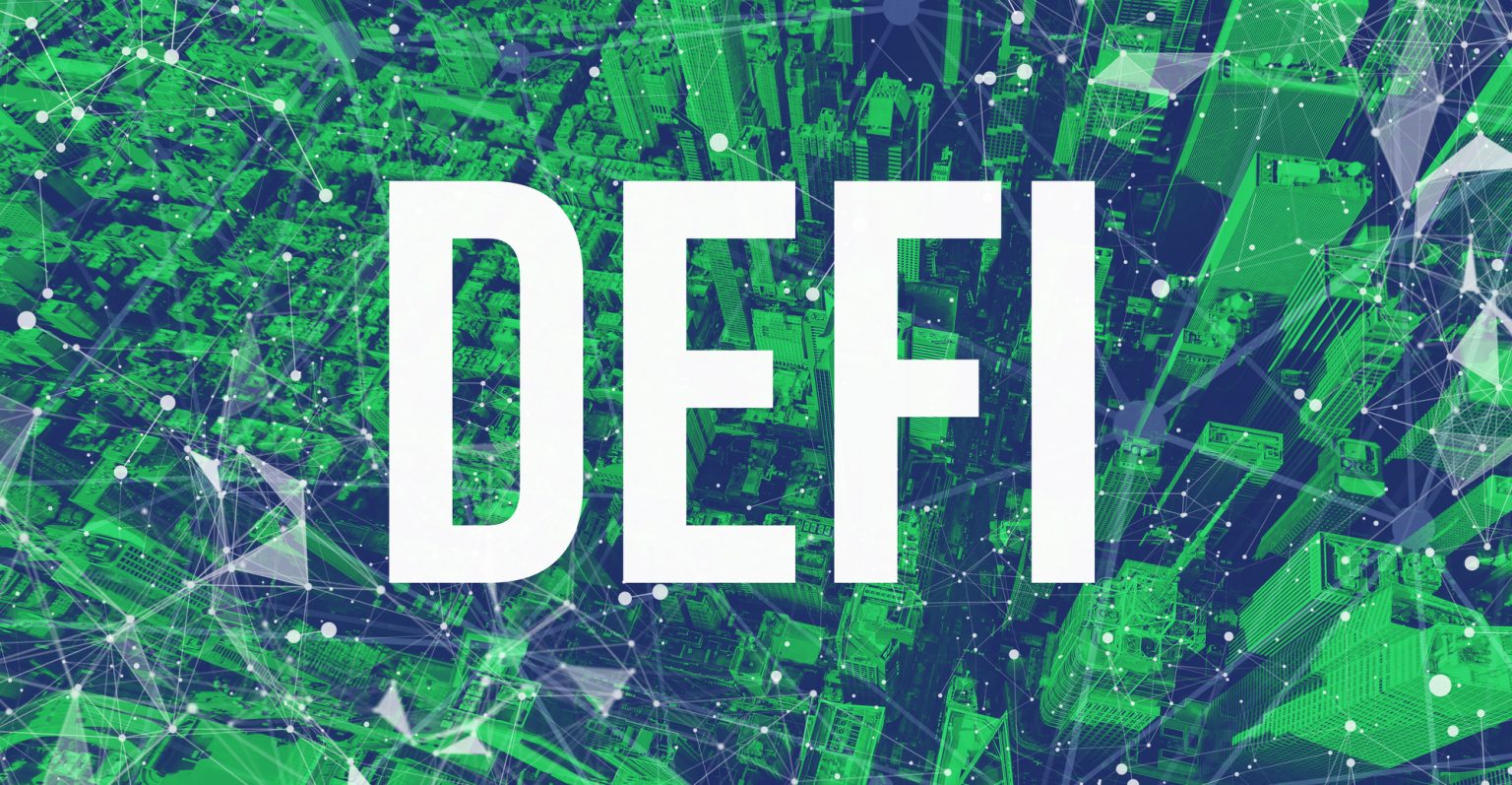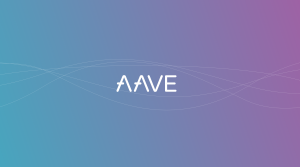Aave has become the largest decentralised borrowing and lending protocol in the DeFi space. How did it come about and how does it work?
Author: Pirro Morandi
The summer heat may be on, with recent headlines appearing to move the crypto asset markets. In the background, traditional finance continues to explore digital assets. Regulated digital asset services are giving clarity and making this possible, even as authorities are voicing concerns. The institutional sector moves are not nearly as transparent as a provocative headline about one major exchange. Thankfully, professional investors today can tap into a dozen or more exchanges and a growing liquidity network – which becomes increasingly important with volume increases like this week. Institutional participants that are evolving with the crypto markets – and their…
Sidechains aim to resolve Ethereum’s often cited limitations like poor user experience caused by delayed transactions, slow speed, limited throughput, and lack of community governance. An introduction to the leading sidechain Polygon and its MATIC token. A sidechain is a separate blockchain that works in conjunction with an associated mainchain. It has its own consensus mechanism and is connected to the mainnet through a two-way peg (meaning that coins can be transferred to and from the mainchain to the sidechain). The Matic Network announced its rebranding to Polygon Network in February 2021, and positioned itself in the race to be…
In the area of decentralized finance (DeFi), credit markets have played an important role. Some protocols now have billions of dollars in locked collateral and institutions are slowly stepping in. An introduction to the three biggest credit protocols: MakerDAO, Compound and Aave. Decentralized credit protocol Aave recently revealed that it is in the advanced stages of developing a liquidity pool for institutions. It is a permissioned pool (i.e. it is access controlled) allowing Aave’s institutional partners to experiment with KYC / AML compliant DeFi lending. In addition to bringing institutional money to the Aave Protocol, it also offers an opportunity…
Centralized Finance, or CeFi, mimics the traditional banking industry by allowing individuals and institutions to use their cryptocurrencies as collateral to obtain loans, or deposit their cryptocurrencies to earn interest on a centralized platform. Unlike Decentralized Finance (DeFi), where smart contracts replace intermediaries, CeFi lenders and borrowers transfer their risk to trusted third-parties. The primary participants within CeFi can be segmented into two categories: fdnstitutional providers like BitGo, Genesis, and BlockFi, and retail-oriented players, including Celsius, Nexo, and CoinLoan. State of the Collateralized CeFi Lending Market According to Arcane Research, the current size of the traditional collateralized lending market is…
After a lot of new projects in the area of decentralized finance (DeFi) have gained traction last year, borrowing and lending have become increasingly popular topics in the crypto space. But what is the hype regarding DeFi lending models and crypto lending in general? As we all know, lending is hardly a new phenomenon. It dates back to Mesopotamian times and even before the Code of Hammurabi established regulations, we can be sure that Peer-to-Peer (P2P) lending came in handy when you needed to borrow some barley seeds from the neighbouring farm. What has changed, however, is the efficiency of…














